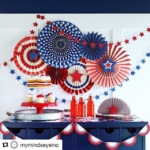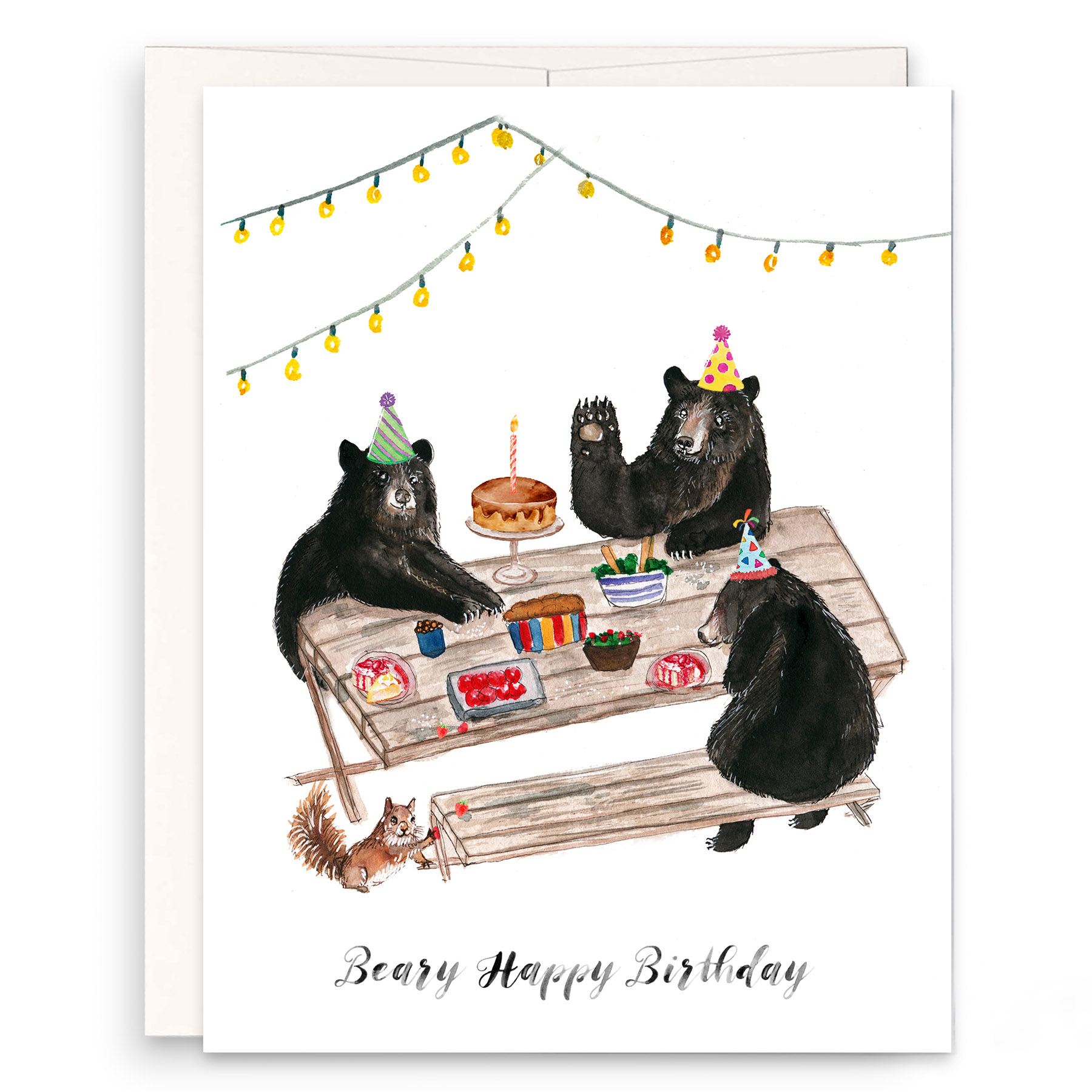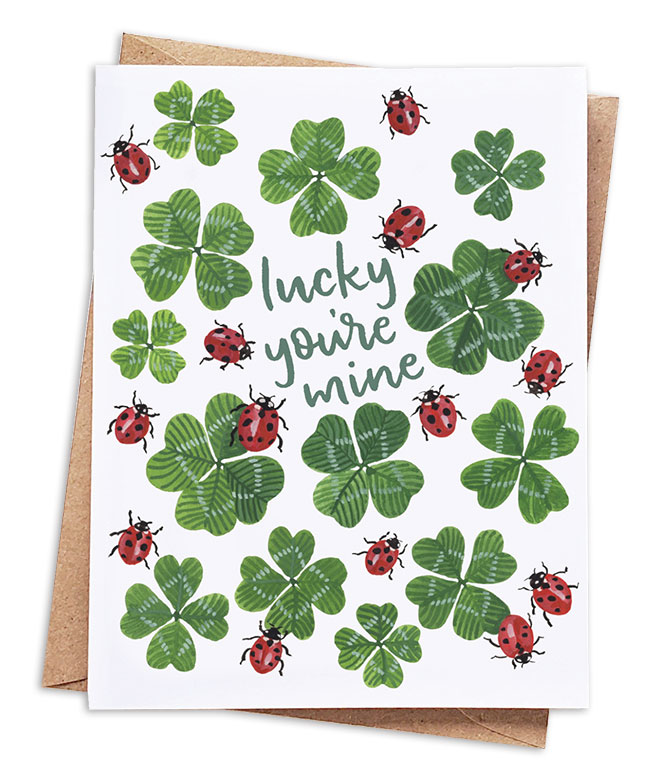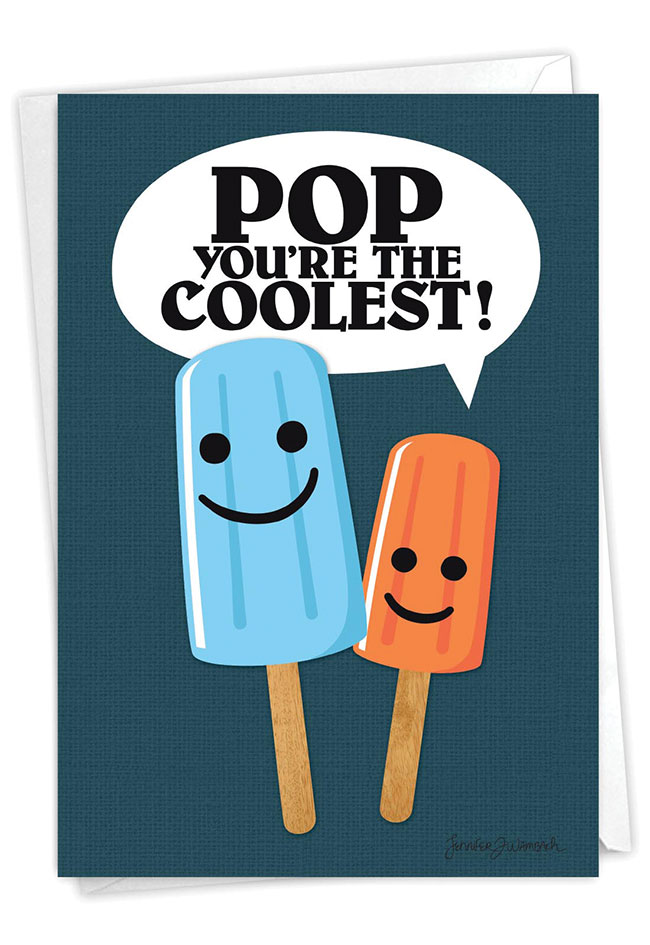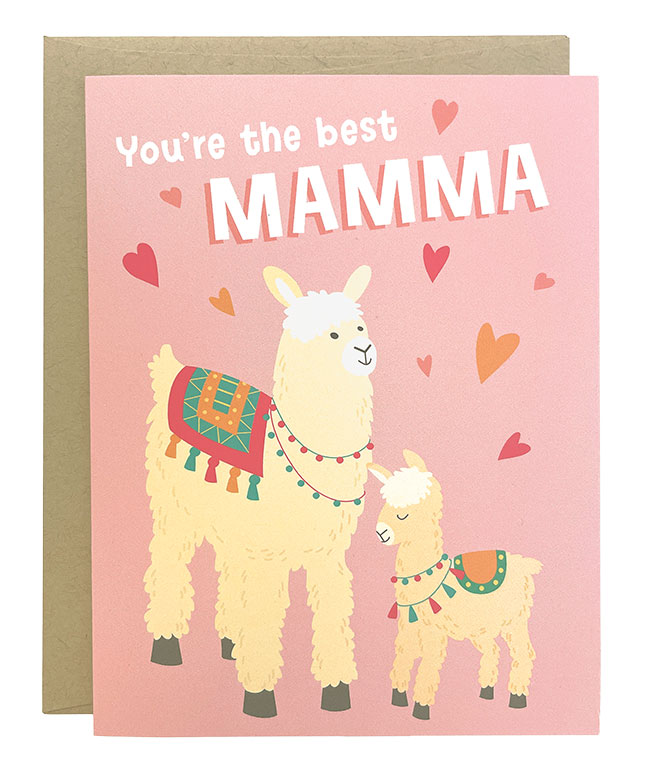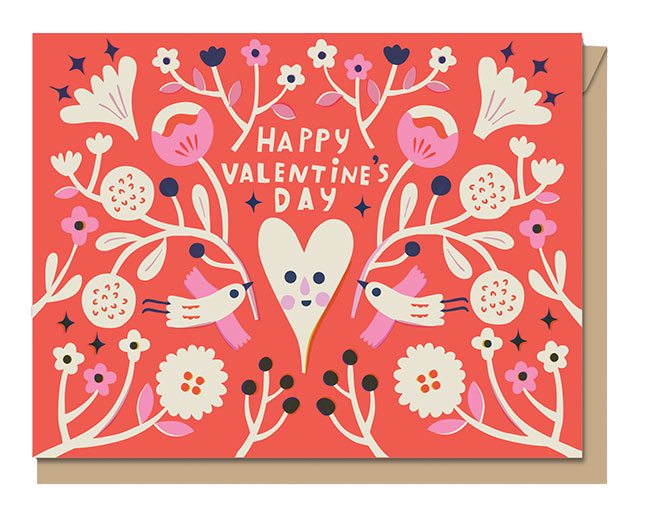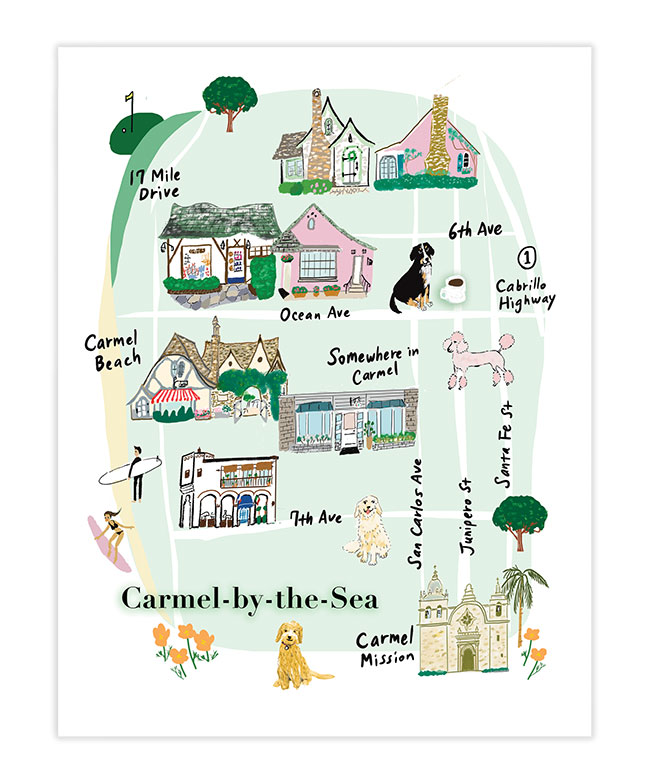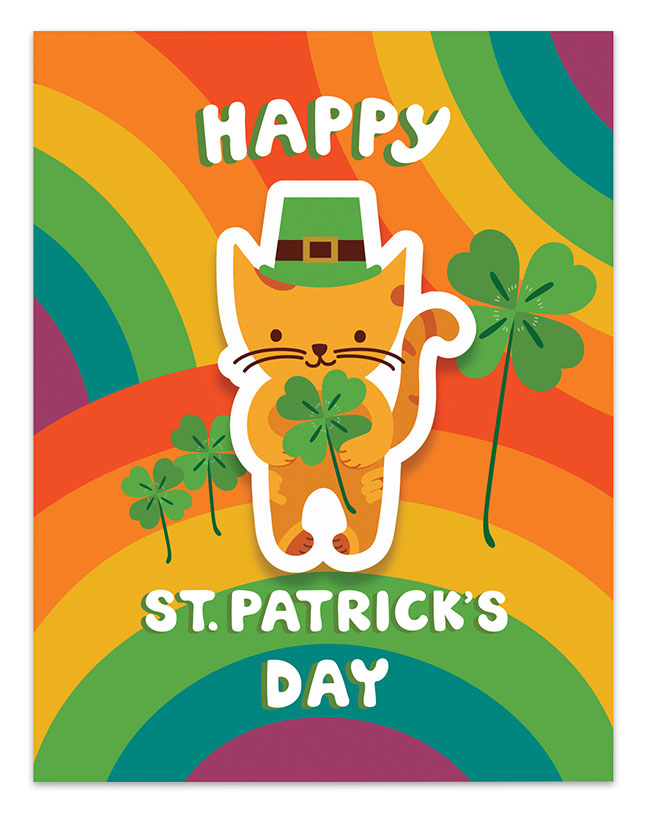News
February 1, 2019
Three trends in consumers’ attitudes toward Valentine’s Day
Despite the prevalence of red and pink hearts and the innumerable boxes of chocolate, Valentine’s Day in 2019 looks very different than it did a decade ago. Ten years ago, more than 60 percent of adults planned to celebrate Valentine’s Day; today, that’s dropped to just over half. At the same time, spending for the holiday has continued to rise and is projected to reach more than $20 billion this year. Driving these opposing trends are three critical shifts in how consumers view and celebrate love’s official holiday.
So over it
In 2009, 72 percent of adults aged 18-34 and 65 percent of those 35-54 — prime ages for young romance — said they planned to celebrate Valentine’s Day. A little more than half of those under 55 plan to celebrate this year, according to the most recent survey from NRF and Prosper Insights & Analytics. Several factors may be influencing consumers’ interest in commemorating the day: A 2017 flash poll conducted by NRF found the top reasons consumers chose not to celebrate Valentine’s Day were that they considered it over-commercialized, didn’t have anyone to celebrate with or simply weren’t interested anymore. While that might sound like love is on the decline, this data fails to tell the full story on its own.
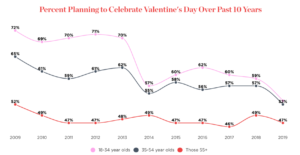
Young people do Valentine’s Day differently
While more consumers say they are not officially “celebrating” on Feb. 14, many will still mark the event in some way. In fact, a quarter who aren’t celebrating admit they still plan to treat themselves to something special, hold a get-together with other single friends or even purchase an “anti-Valentine’s Day” gift. These types of activities are even more popular among younger consumers — the same age groups who appear to be driving a decline in Valentine’s Day celebrations. More than a third of those under the age of 35 who say they are not “celebrating” still have plans to splurge on themselves or spend time with other single friends.
Those who celebrate Valentine’s Day are spending more
Even as fewer consumers have official Valentine’s Day plans, those who do celebrate are spending more than ever. Between 2009 and 2019, the average amount consumers planned to spend on Valentine’s Day gifts increased by $60. While gifts for a significant other are still an important part of the holiday, much of the increase is being driven by gifts for other loved ones. Today Valentine’s Day is about sharing the love with everyone — from gifts for friends and family to cards for co-workers and children’s classmates and, of course, special treats for pets.
Some of these gifts will take the form of more traditional items like jewelry, flowers and candy that are always popular for the holiday, but consumers are also looking to give a special experience. Among those celebrating Valentine’s Day, a quarter plan to give a “gift of experience” such as concert tickets or a day at the spa this year. It’s significantly more popular among younger consumers — 39 percent of those 18-24 and 45 percent of those 25-34 plan to give an experiential gift.
The trend extends beyond Valentine’s Day: A recent study released by NRF found nearly half of millennials have given a gift of experience and 83 percent are interested in giving one in the future. What’s the appeal with these types of gifts? For many consumers, it’s an opportunity to create a special memory or simply be unique.
For more information on Valentine’s Day and other consumer trends, visit the National Retail Federation’s Valentine’s Day Headquarters.
By Katherine Cullen, director, Industry and Consumer Insights, National Retail Federation







